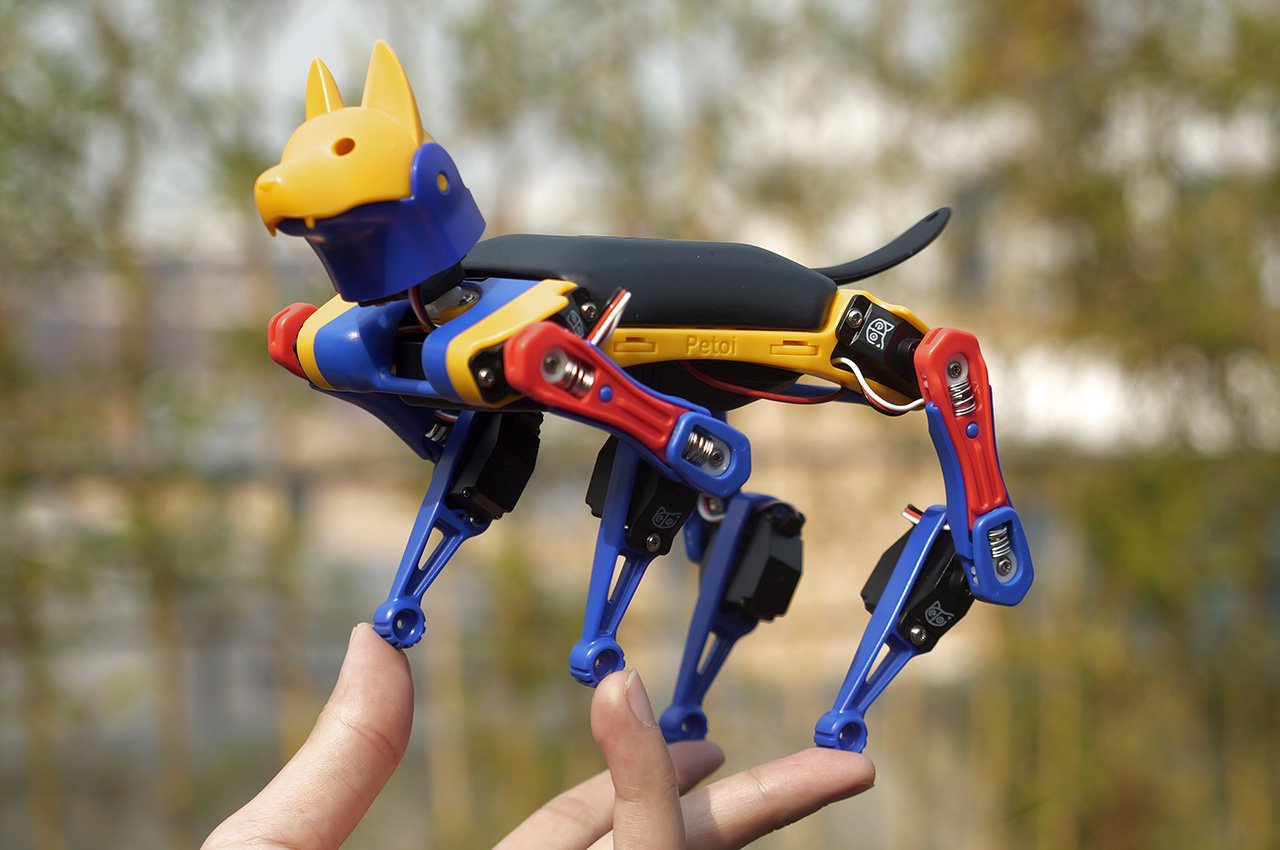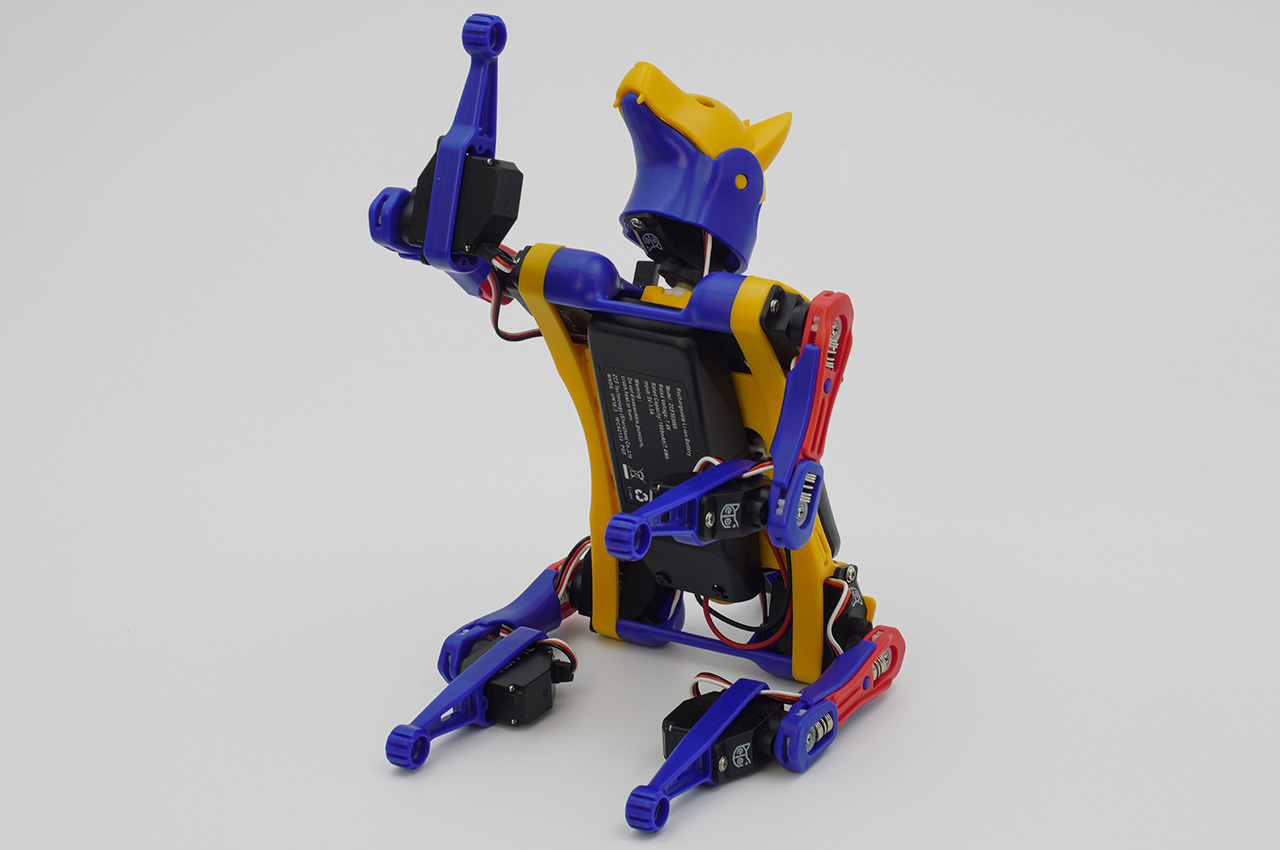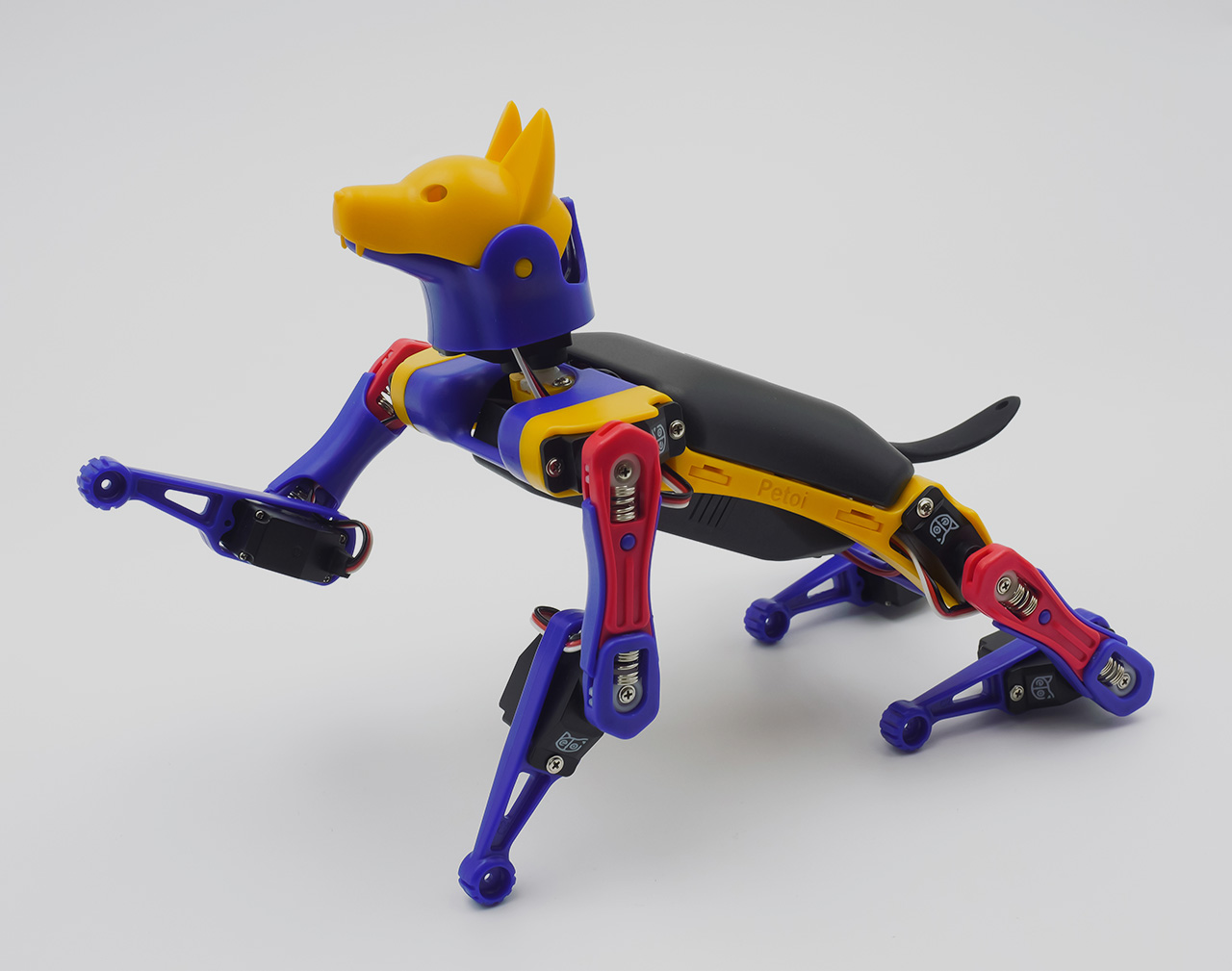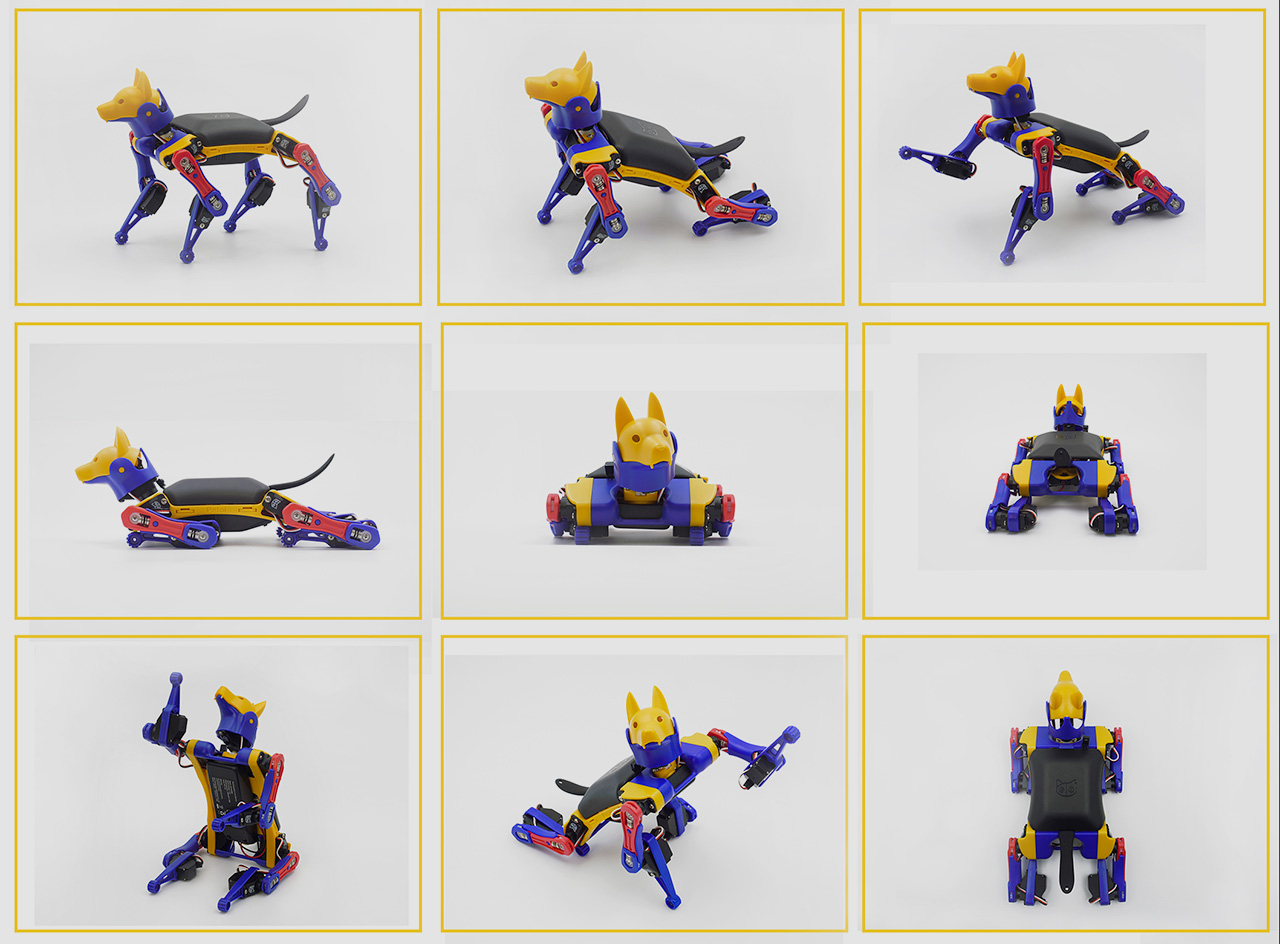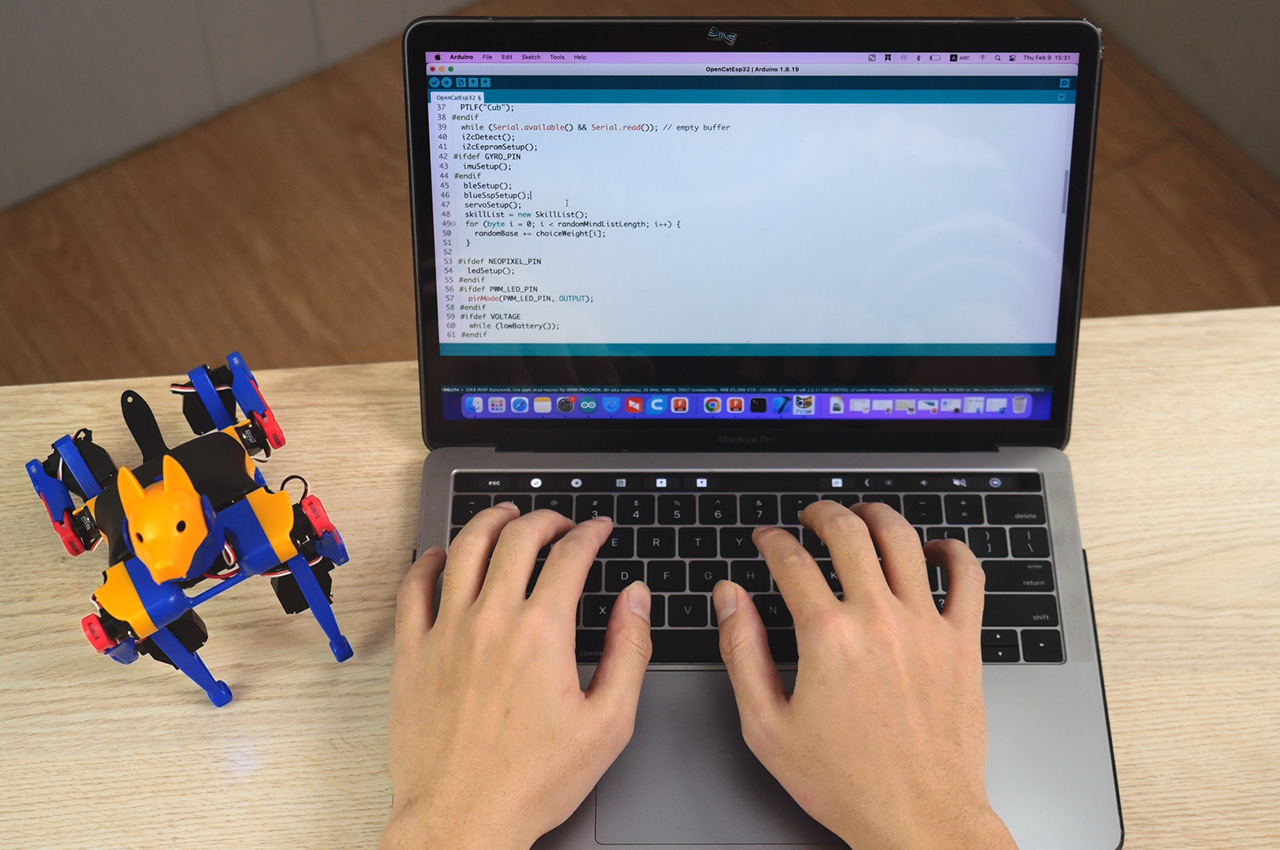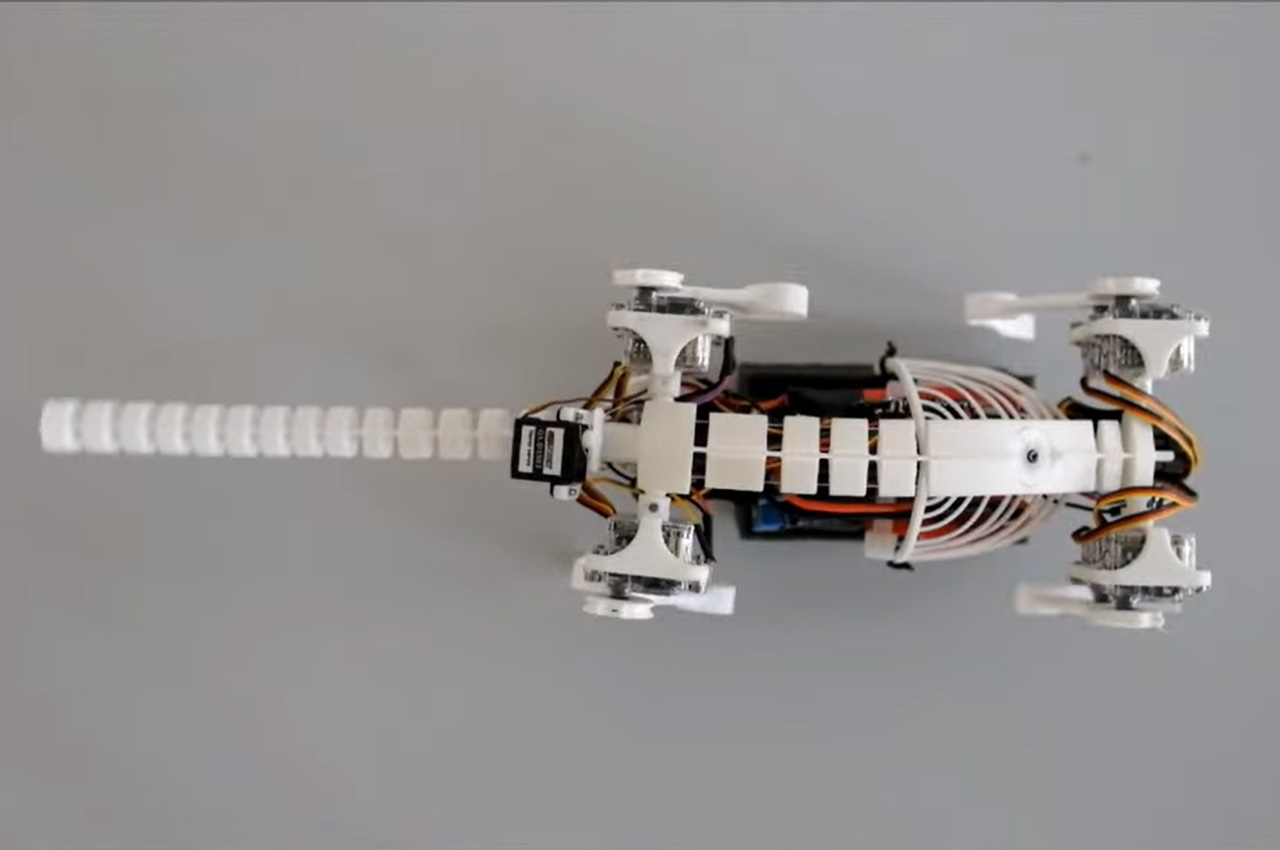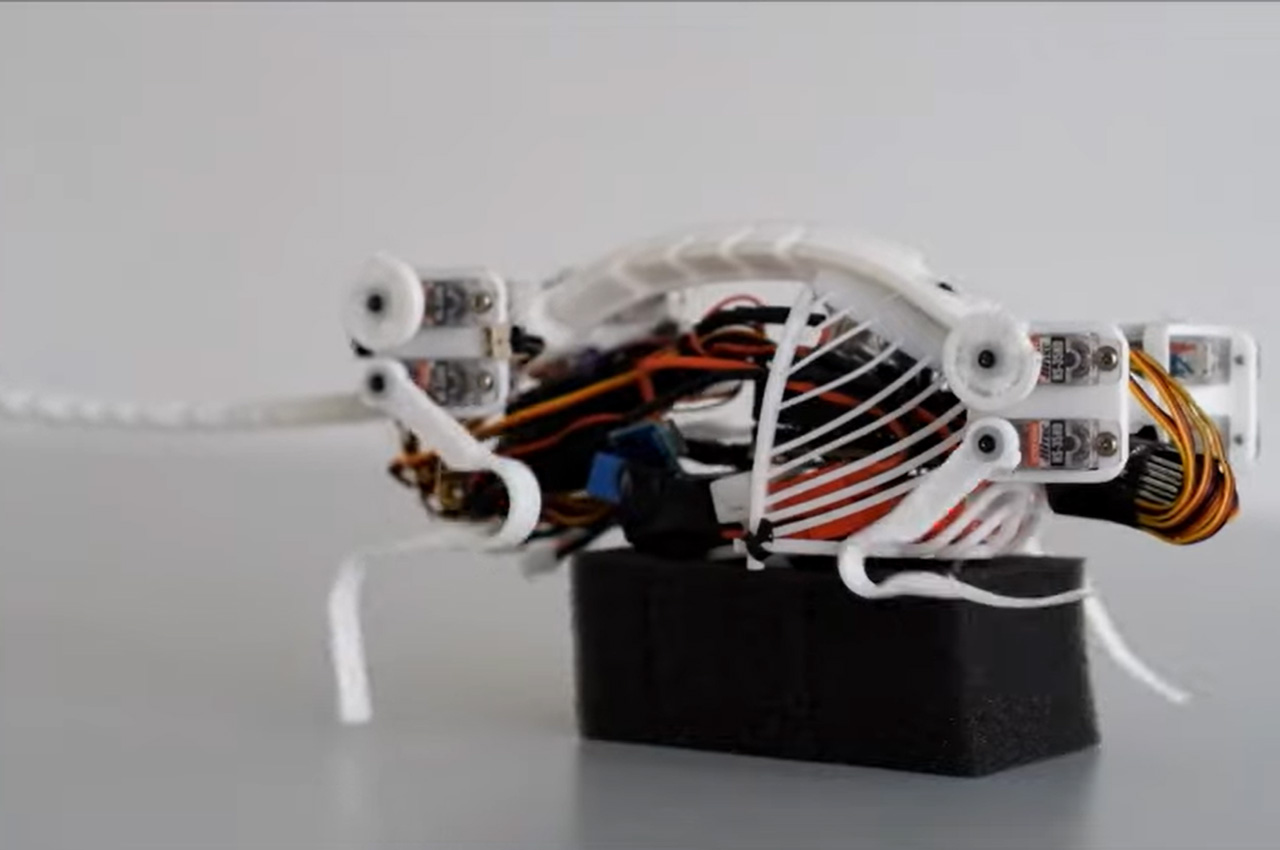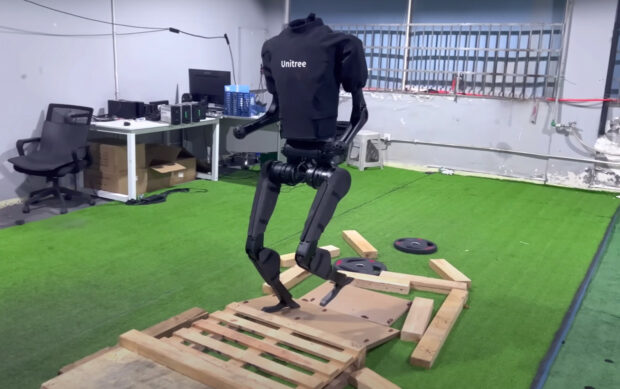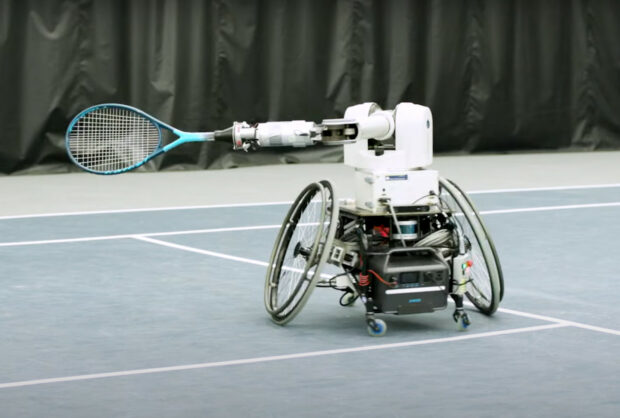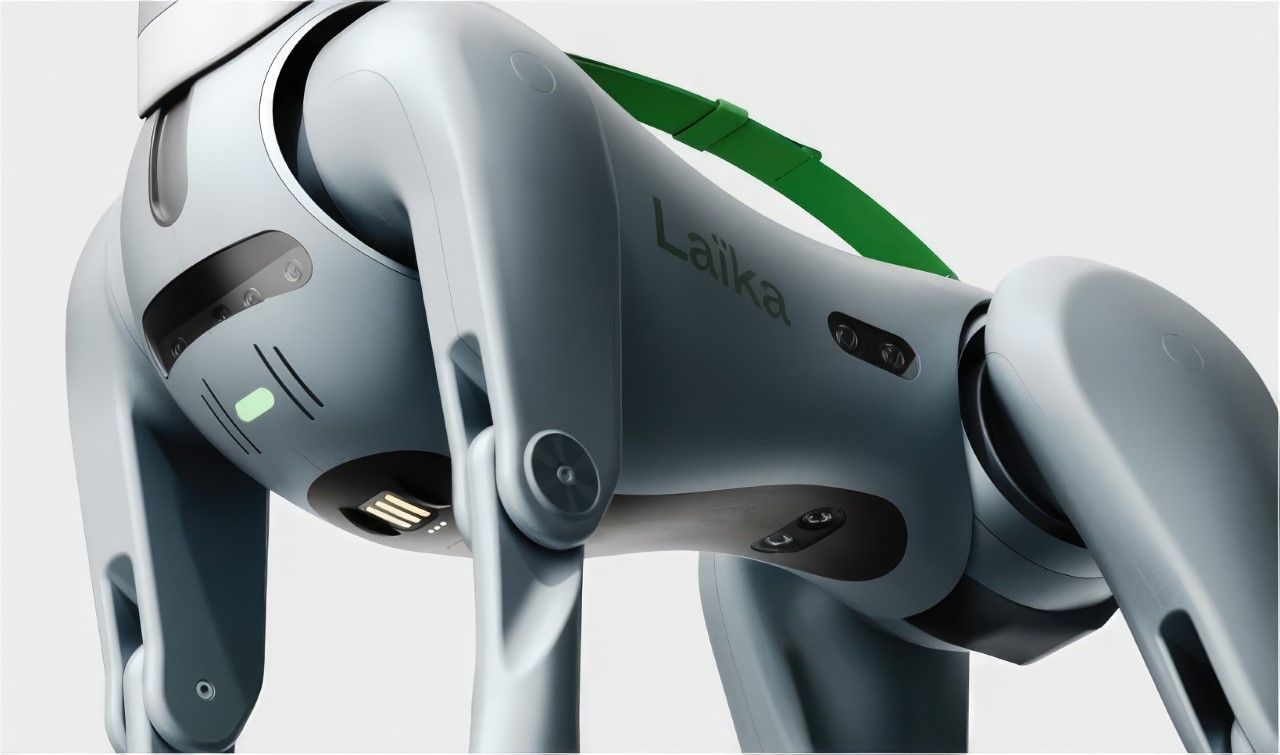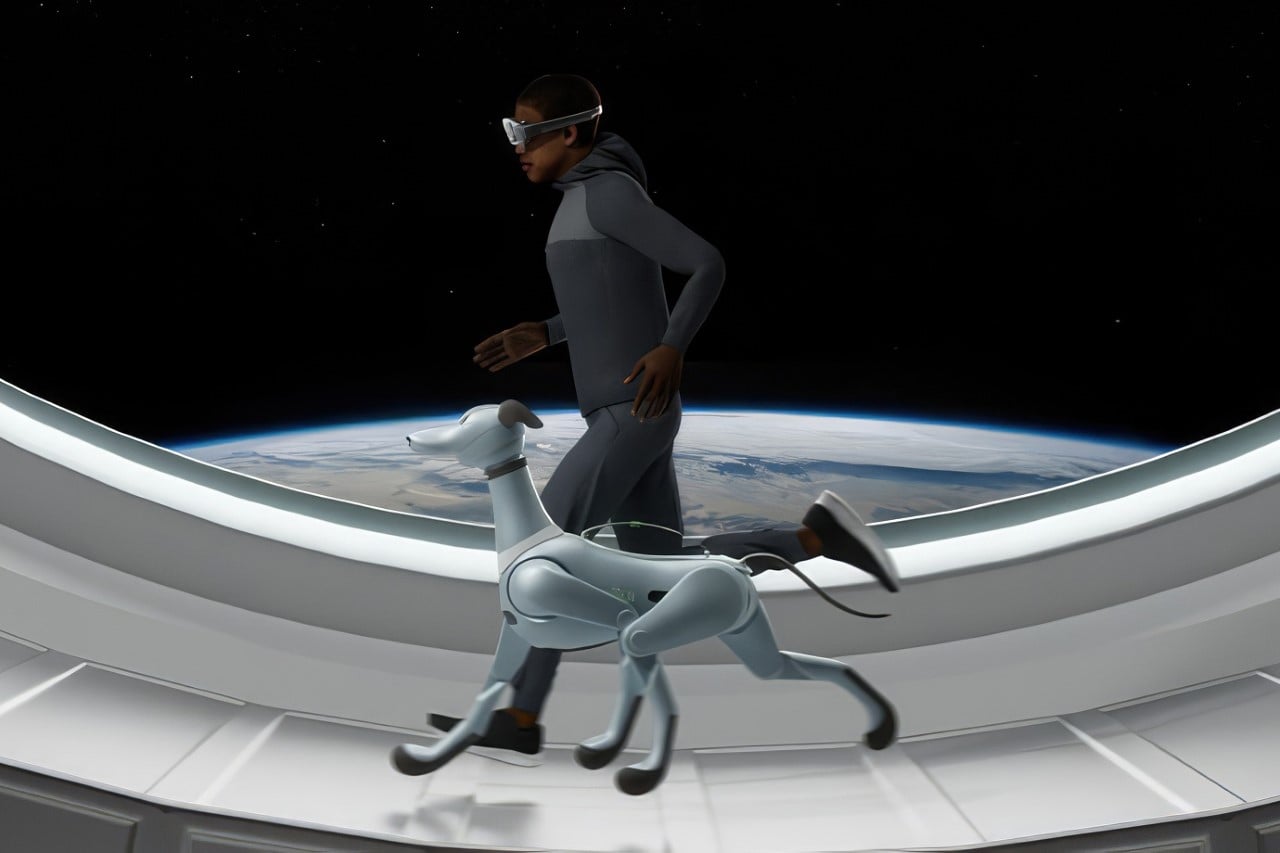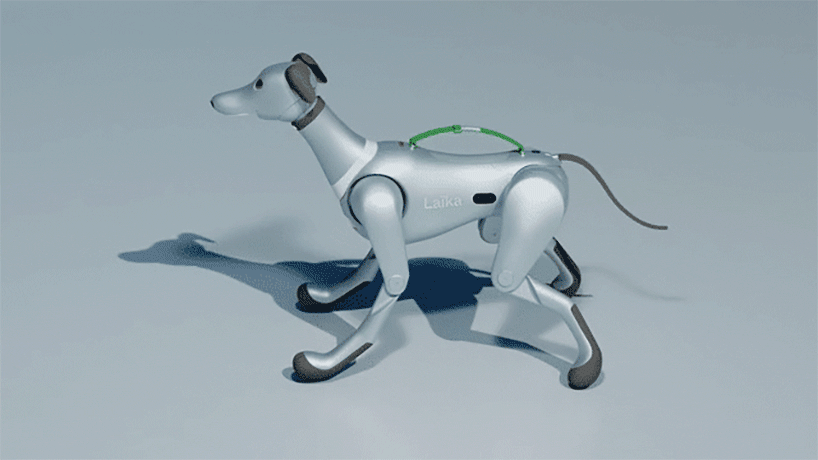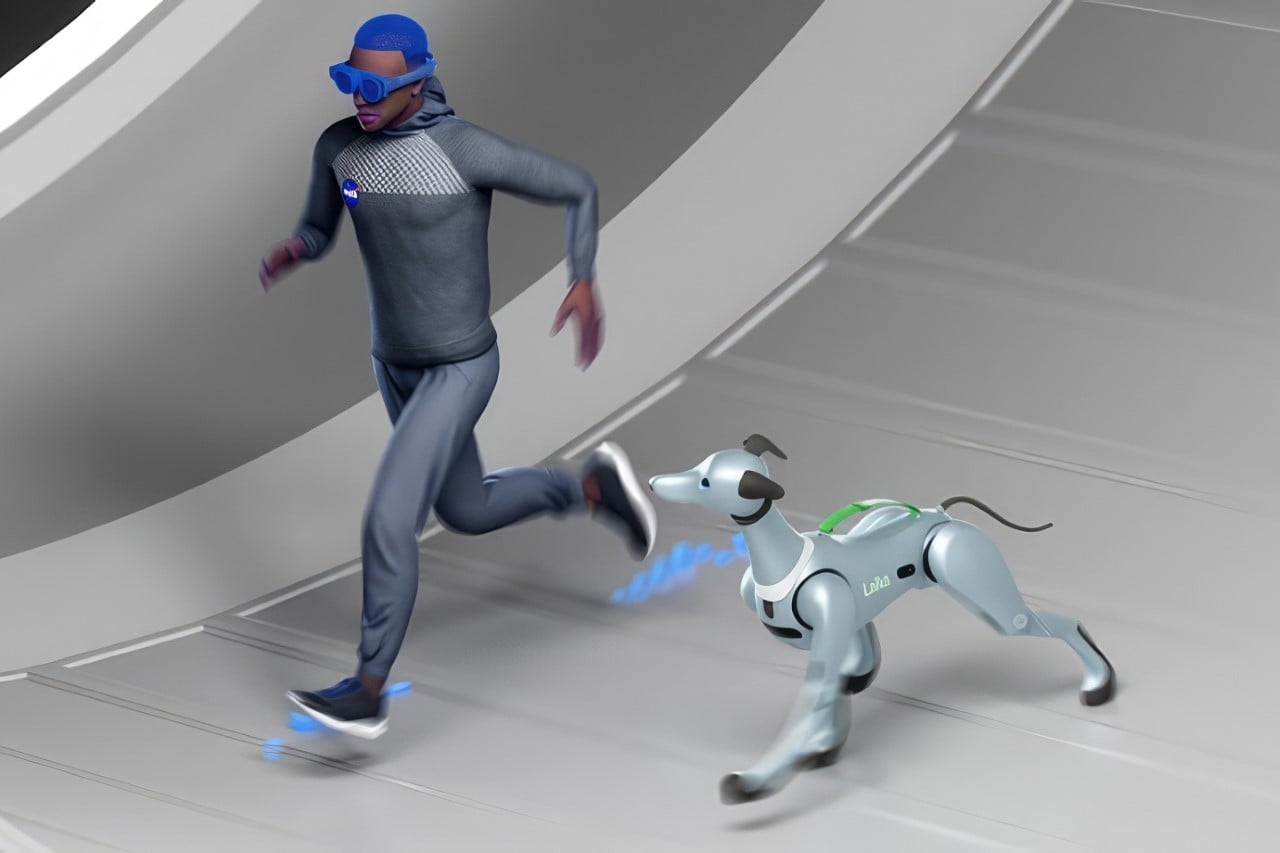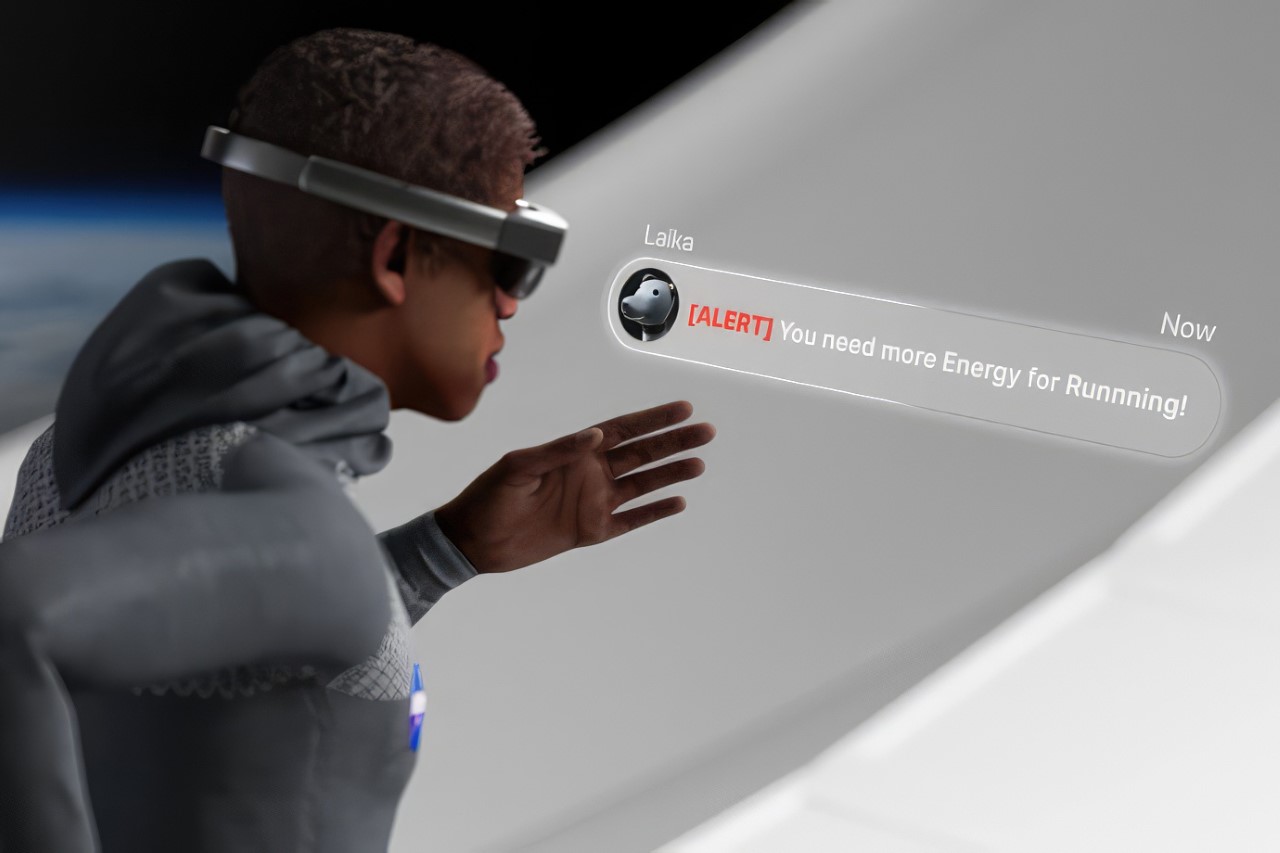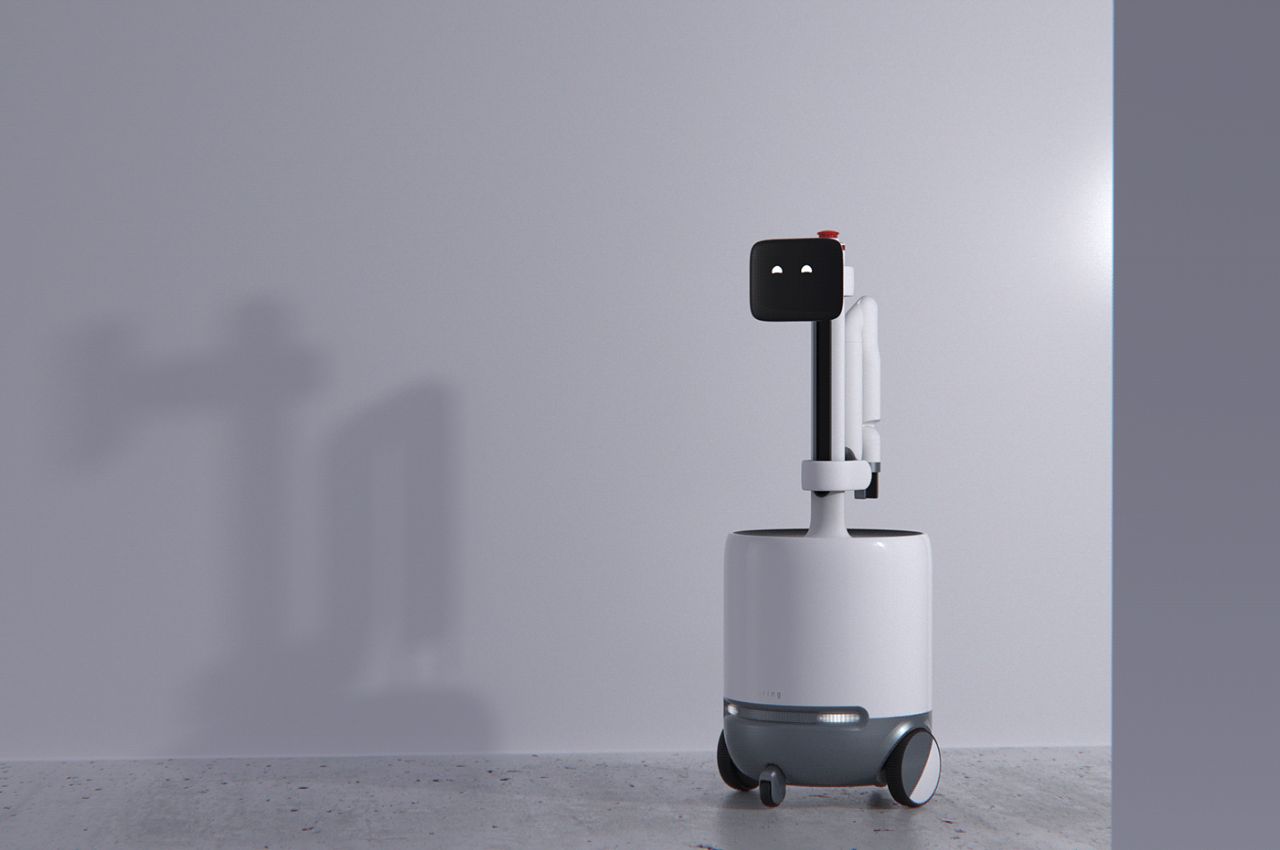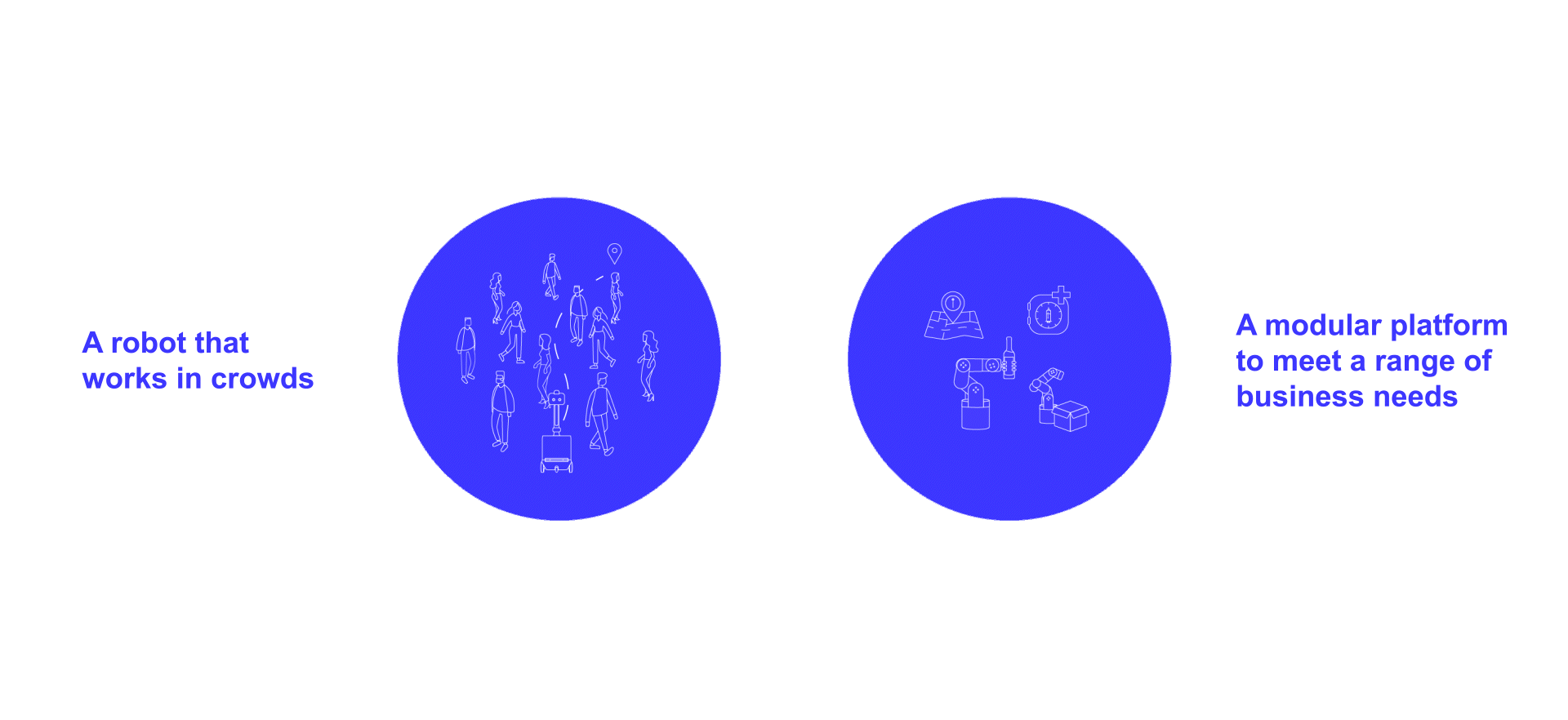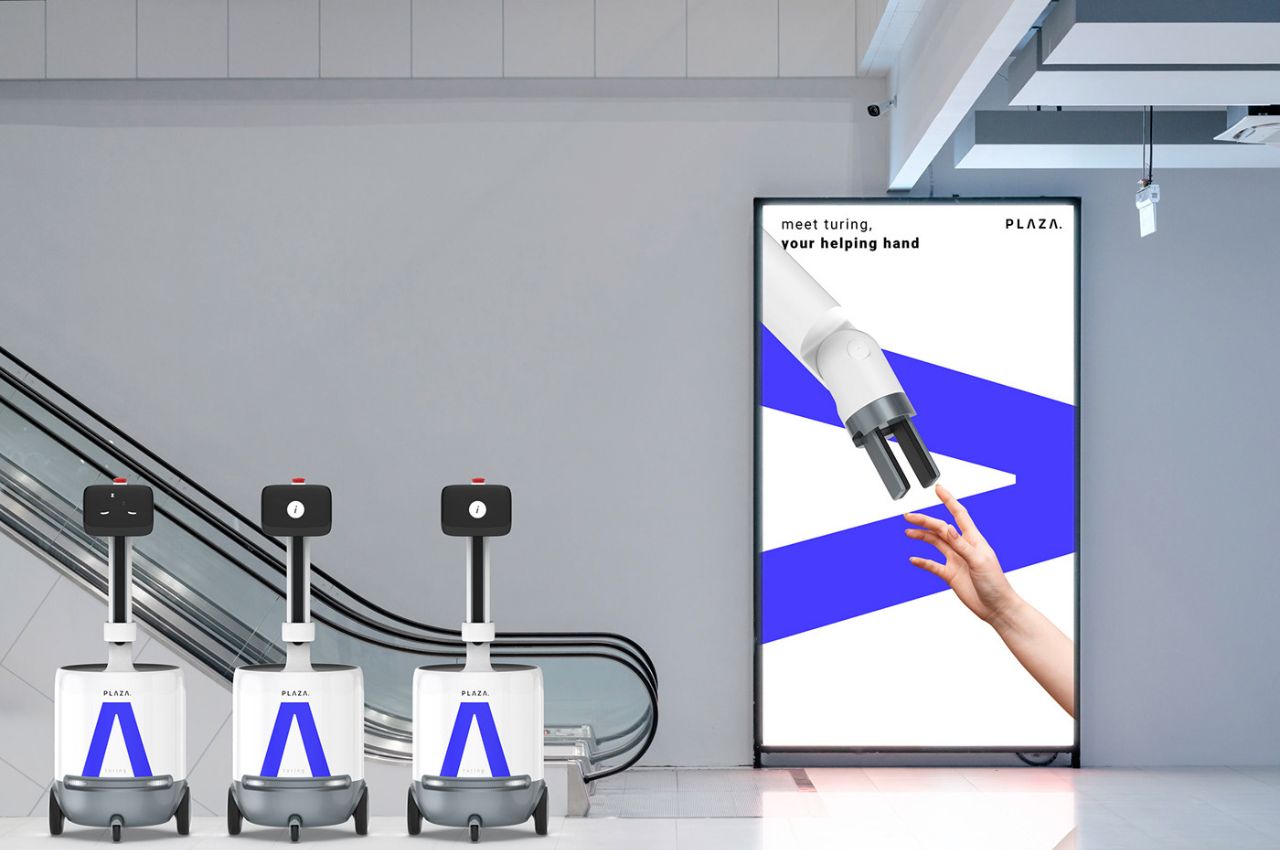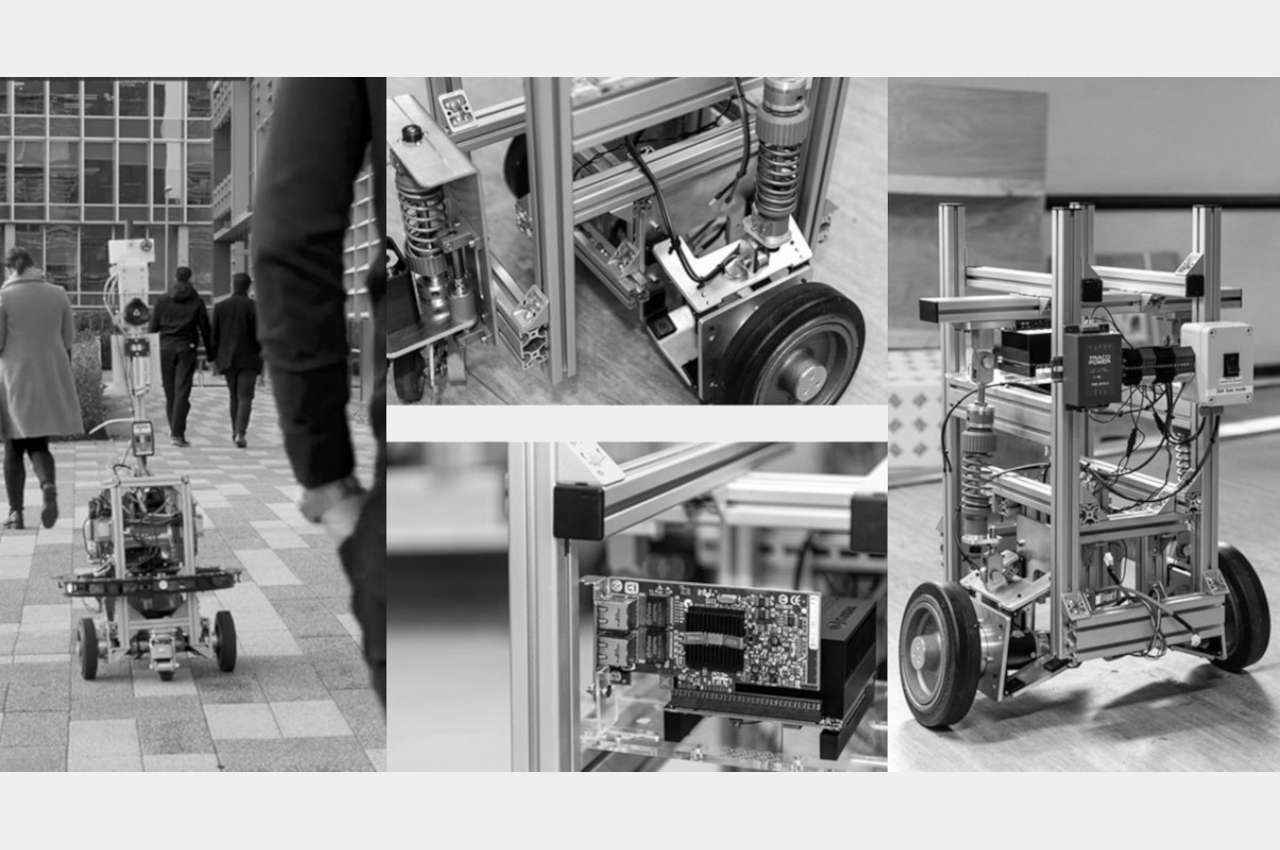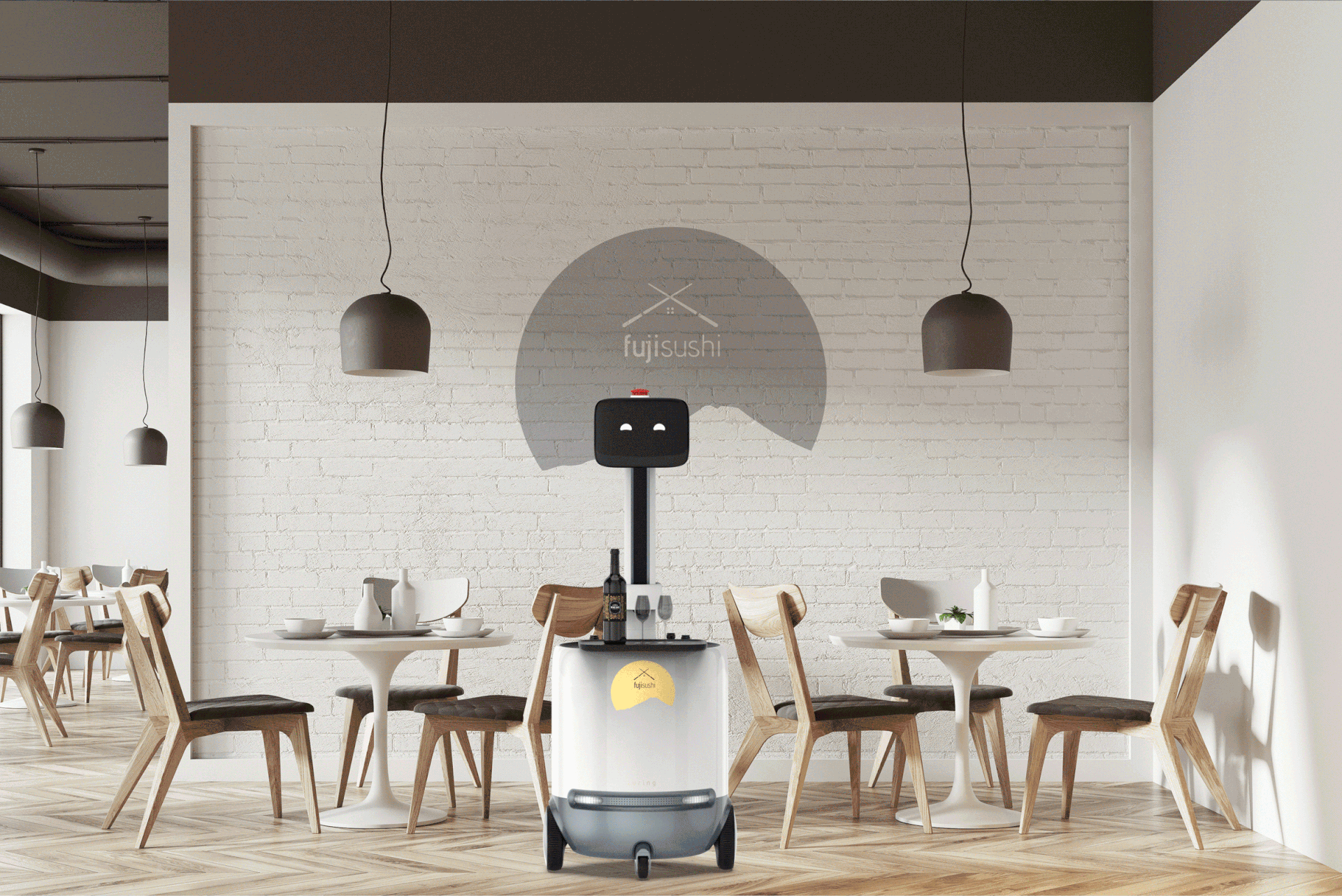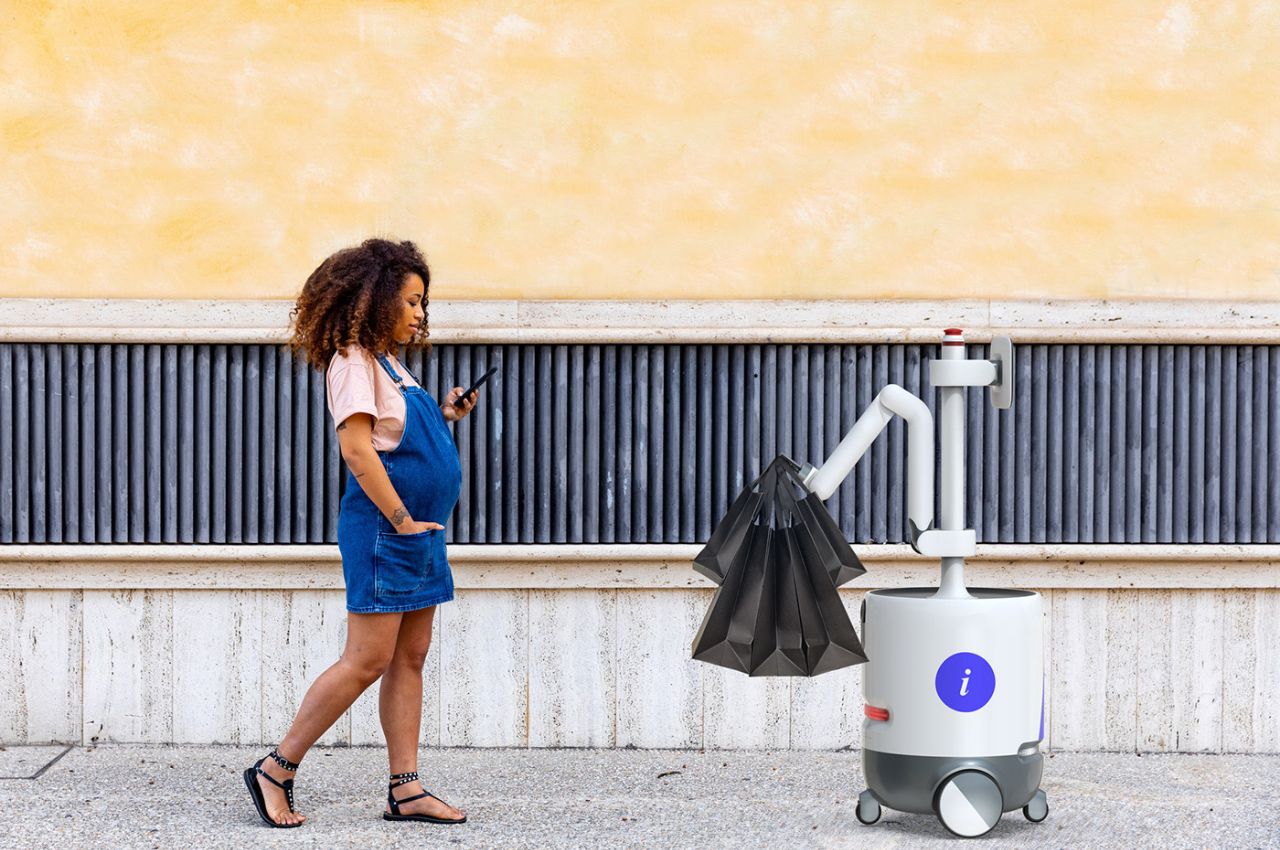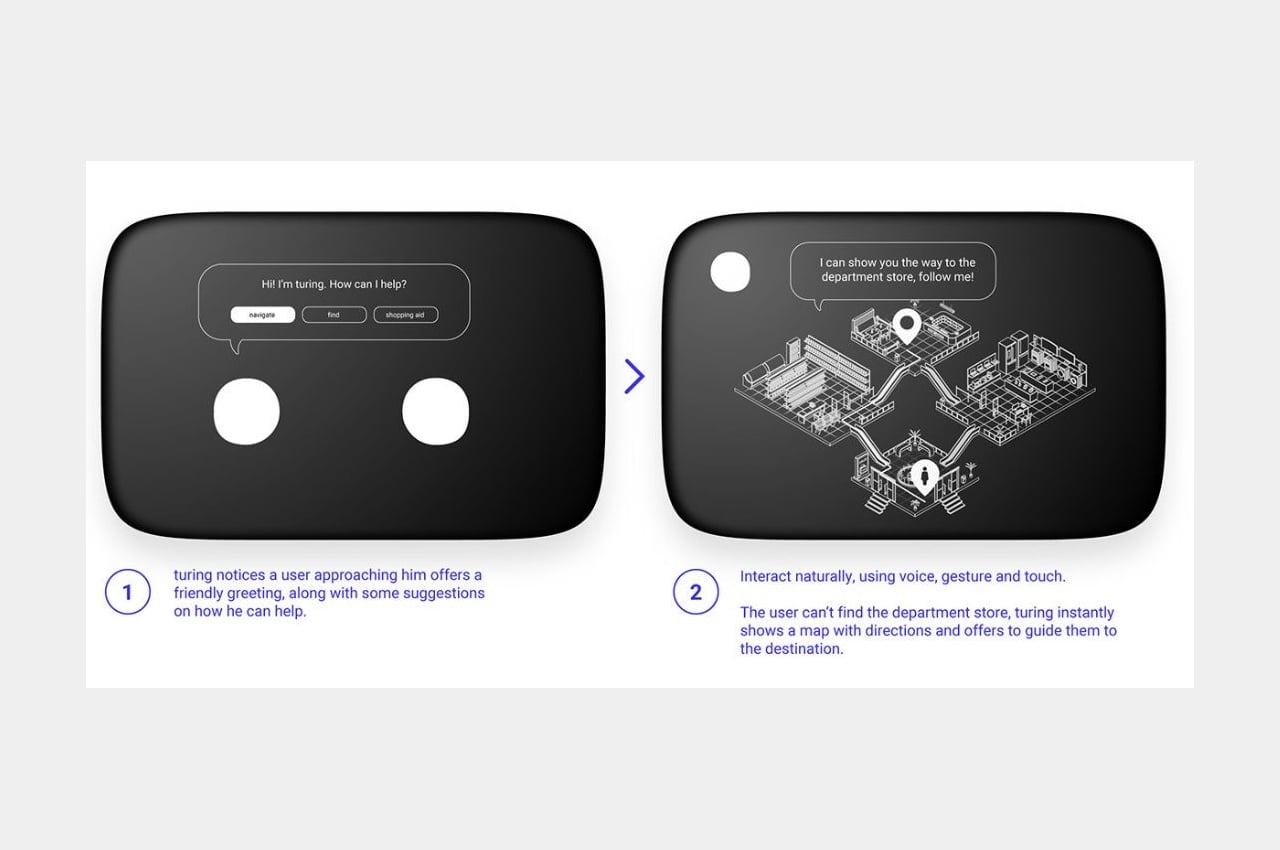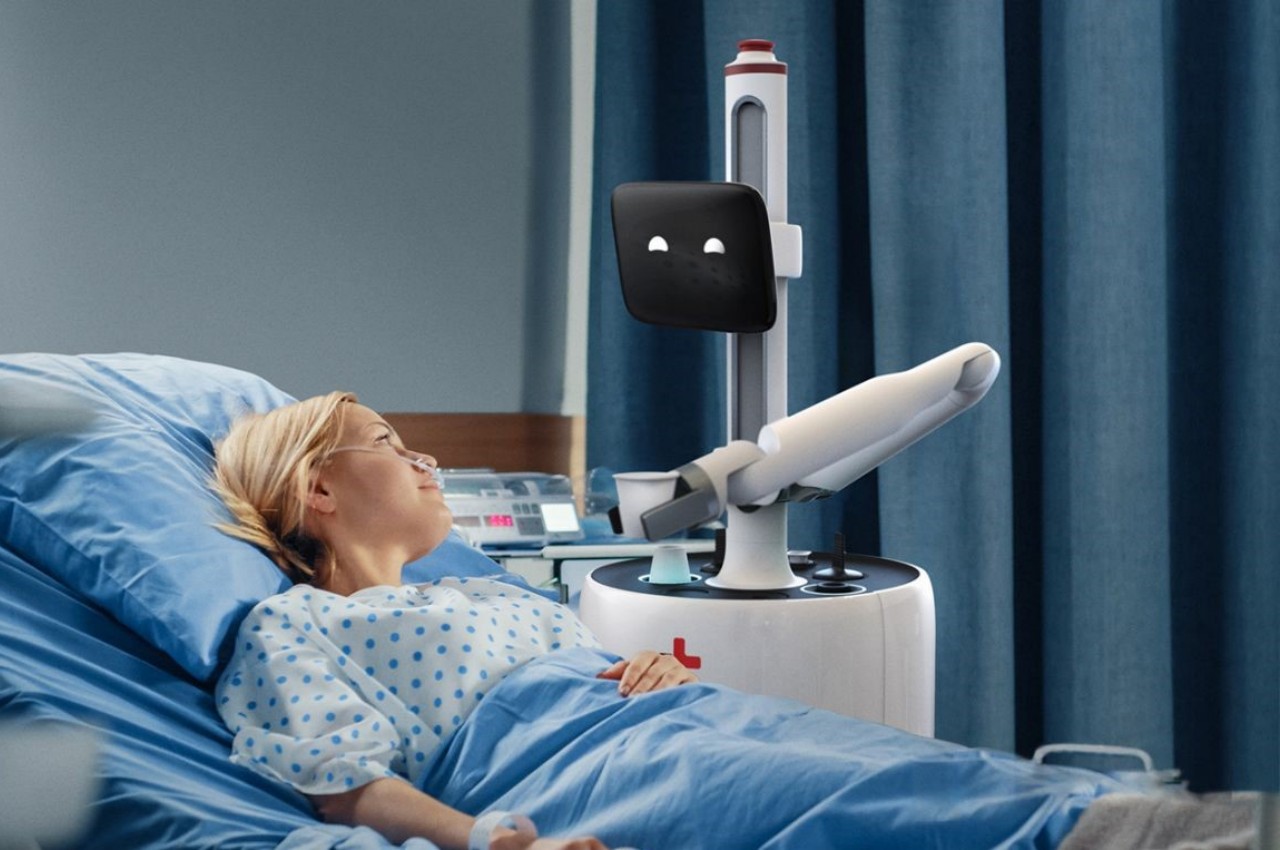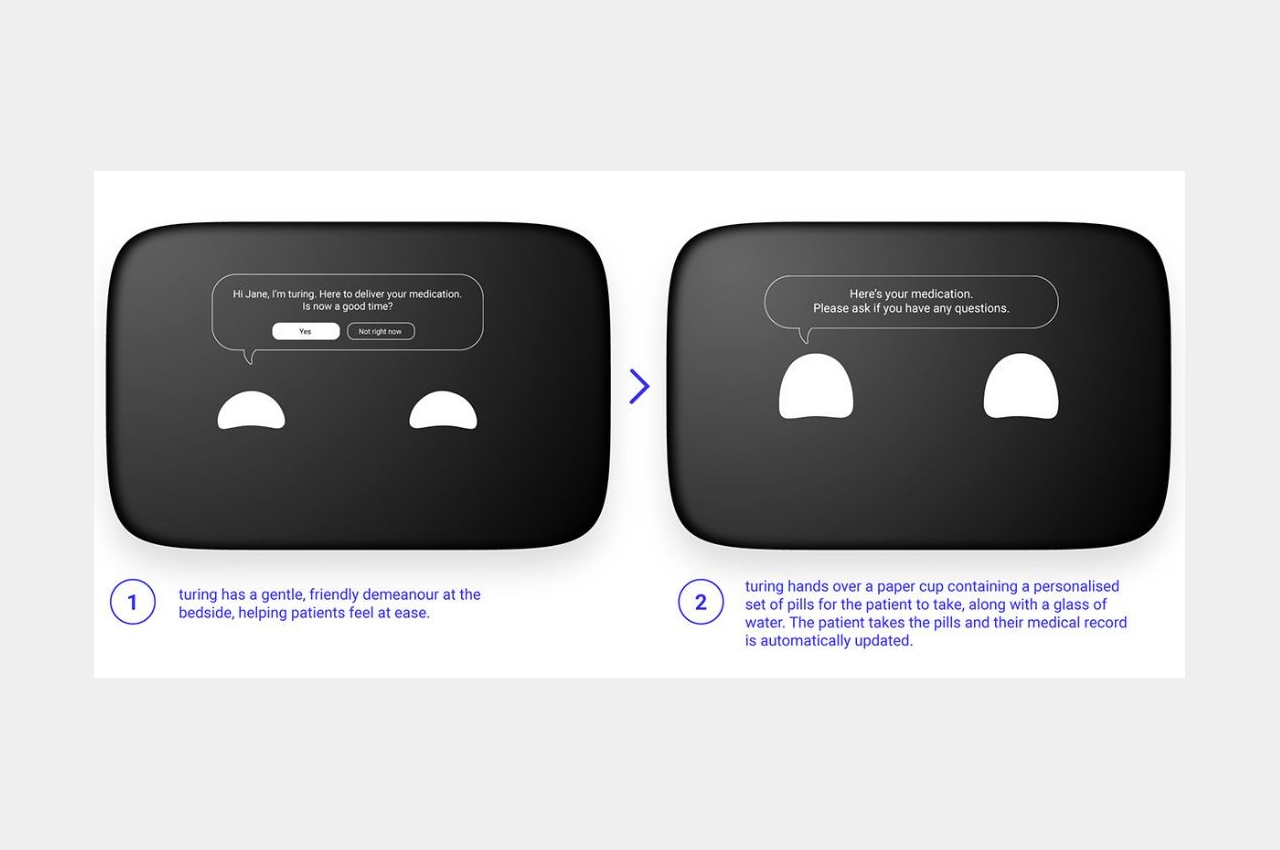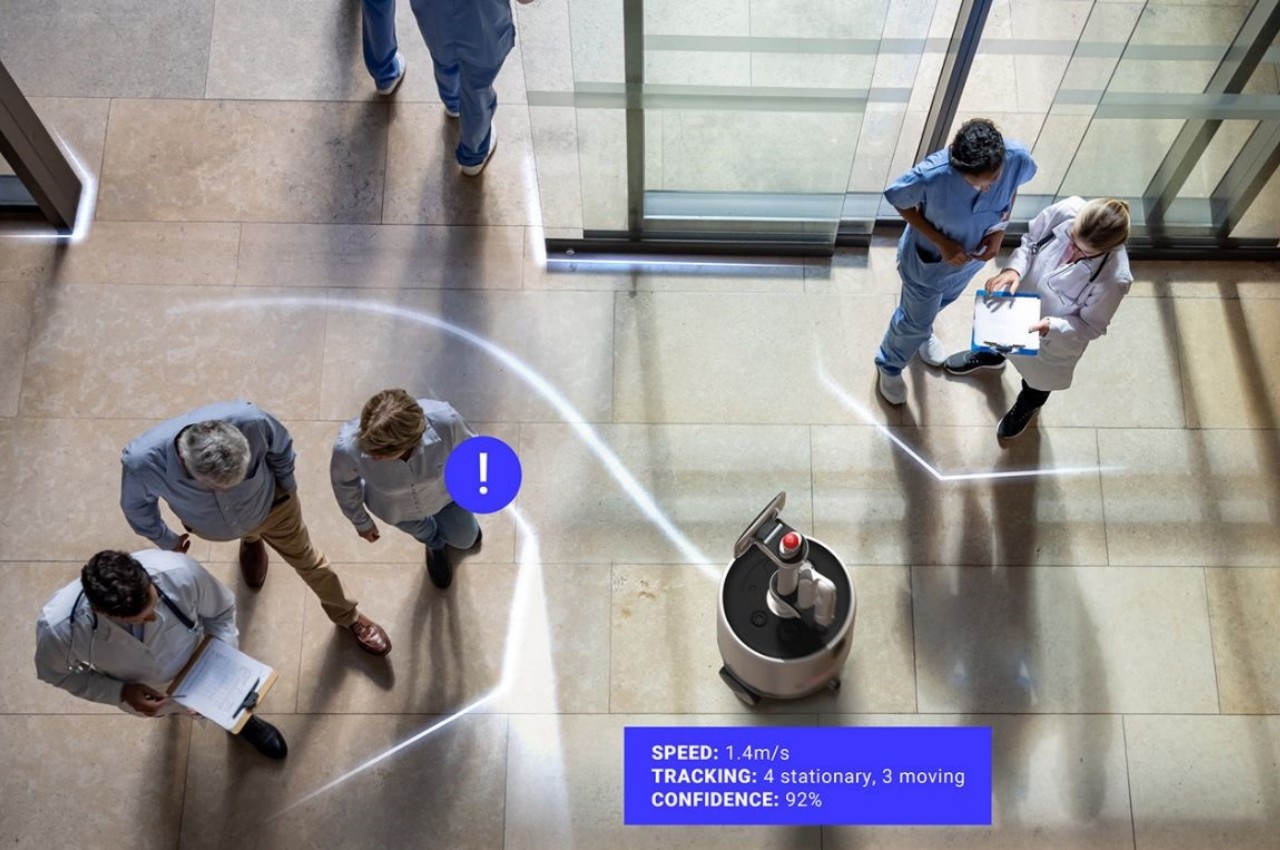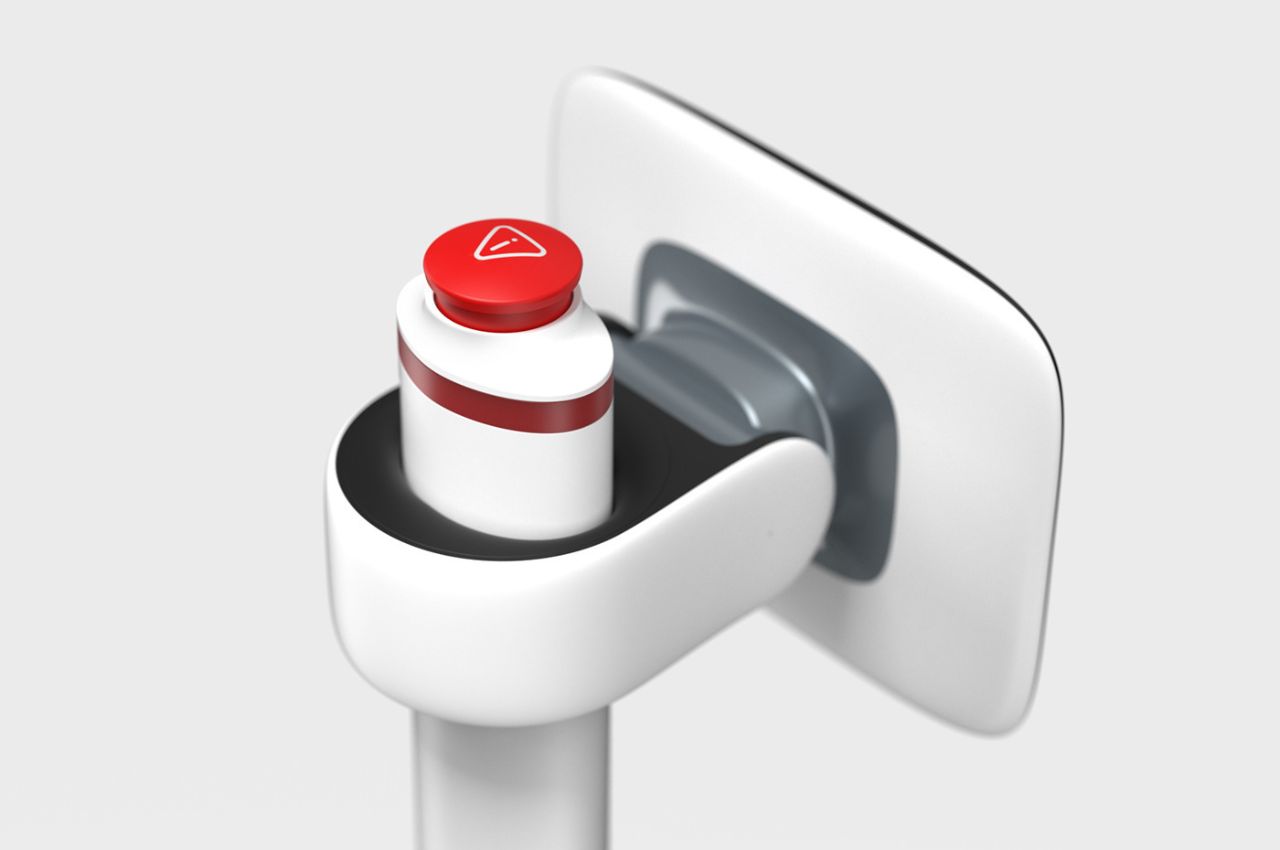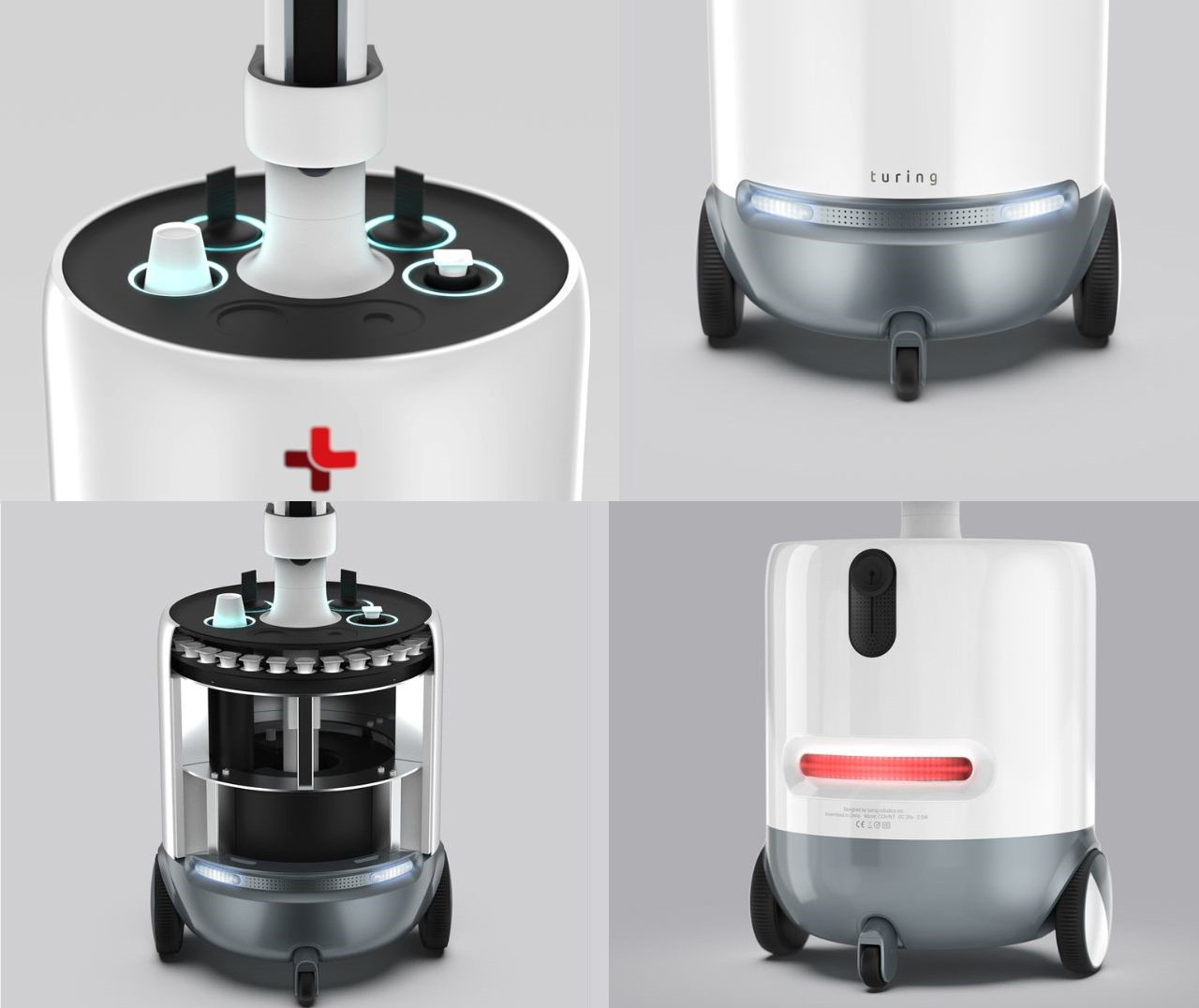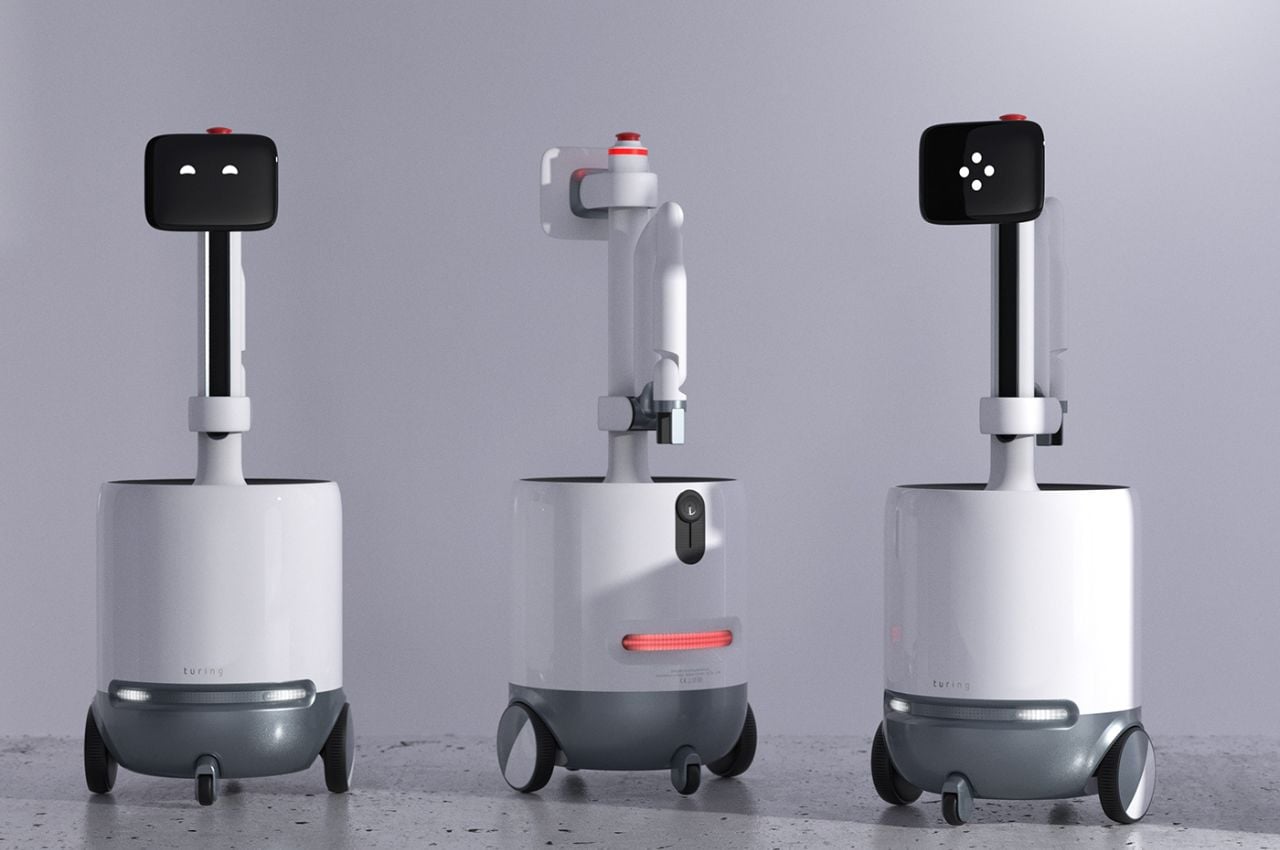On the one hand, you’ve got incredibly capable AI that has some scary implications for the human race… but on the other hand, you have the Bittle X, an adorable toy robot dog that allows you to befriend, train, and tame technology instead of being afraid of it. A sibling to Petoi’s Bittle robot dog that debuted in 2020, Bittle X comes with a few upgrades, proving that an old dog CAN learn new tricks! Designed to resemble the Boston Dynamics robot dog, the Bittle X is a palm-sized STEM toy that’s perfect for kids, tinkerers, engineers, and people looking to experiment with coding, robotics, IoT(Internet of Things), and AI. It’s entirely open-source, runs on a block-based programming environment, has support for C++/Python programming, and comes with a few extra upgrades that the Bittle lacks, like now being able to follow voice commands, as well as record and program your own voice commands!
Designer: Rongzhong Li
Click Here to Buy Now: $225 $279 (Use Coupon Code “yanko10” to get an additional $10 off). Hurry, deal ends in 48-hours!
Less of a toy and more of a learning opportunity, the Bittle X was designed to make robotics more accessible to anyone looking to dive into the world of robotics. It comes with a tiny form, small enough to fit in the palm of your hand, but is designed to be incredibly articulate with multiple joints with high-performance servos that allow it to walk, sit, jump, backflip, kick, and even scratch itself like a real dog would! Moreover, its bionic leg construction gives it natural movement, allowing it to sit down, get up, recover from a flipover, and even walk across uneven terrain.
The pint-sized pooch comes in two styles – a pre-assembled kit that works right out of the box, and a construction kit that gives you the joy of being able to put together your own voice-command robot dog from scratch. Assembling the robot doesn’t require much technical knowledge, given that the plastic parts are already molded and easy to assemble with interlocking mechanisms. Once assembled, the Bittle X is ready to play/engage with you and follow your commands. A remote control lets you wirelessly operate your Bittle X, although notably, it also now has support for voice commands, allowing you to tell it to wave hello, give you a handshake, sit, crawl, dig, play dead, and even do a handstand! Right out of the box, the dog has support for 35+ voice commands, along with the ability to store 10 additional voice commands that you can program yourself.
The robot operates on the OpenCat platform, offering endless programming and customization possibilities. It supports block-based programming with Petoi’s Coding Blocks, C++, and Python, making it a versatile tool for users at different learning stages. You can also use the free Petoi Desktop App – Skill Composer to visually create new robot dog skills with ease. The creators, Petoi, even further their commitment towards STEM education by providing free curriculums for anyone looking to learn how to tinker with their Bittle X (and other robot pets). You can find all the necessary resources on Petoi’s OpenCat forum, along with ideas and prompts for experimenting with your robot dogs (like orchestrating robot wars, hosting your own doggy Olympics, and performing more complex challenges like solving mazes), and even a section where Petoi showcases works from other tinkerers playing around with their Bittles.
Underneath that playful exterior, Bittle X is powered by the BiBoard, Petoi’s latest quadruped robot microcontroller, ensuring smooth, coordinated movements. The option to integrate various smart sensors, like the Petoi intelligent camera module, the motion sensor, or the distance sensor, allows you to add depth to its perception and artificial intelligence capabilities via coding, allowing for more advanced interactions, games, and robotics competitions. The ESP32-based BiBoard comes with Wi-Fi, Bluetooth, serial connections, and voice command support, along with its servos and Li-ion battery providing about an hour of continuous playtime.
The friendly robot dog is designed for all ages above 8 (what you really need is childlike curiosity), and is sure to get along with everyone it meets! Alongside being a robot dog that learns tricks and commands, it’s also rewarding because you get to learn with it, creating a bonding experience that’s not too different from actually playing with and training real pets. The Bittle X starts at $236.99 during Petoi’s holiday sale, but YD readers can grab a nifty $10 discount, bringing the price down to $225. Grab yours now and build your army of loyal minions before the AI takes over!
Click Here to Buy Now: $225 $279 (Use Coupon Code “yanko10” to get an additional $10 off). Hurry, deal ends in 48-hours!
The post The Boston Dynamics Robot Dog has a $225 sibling that follows voice commands first appeared on Yanko Design.
